Infrastructure Diplomacy: Media’s role in shaping the narrative
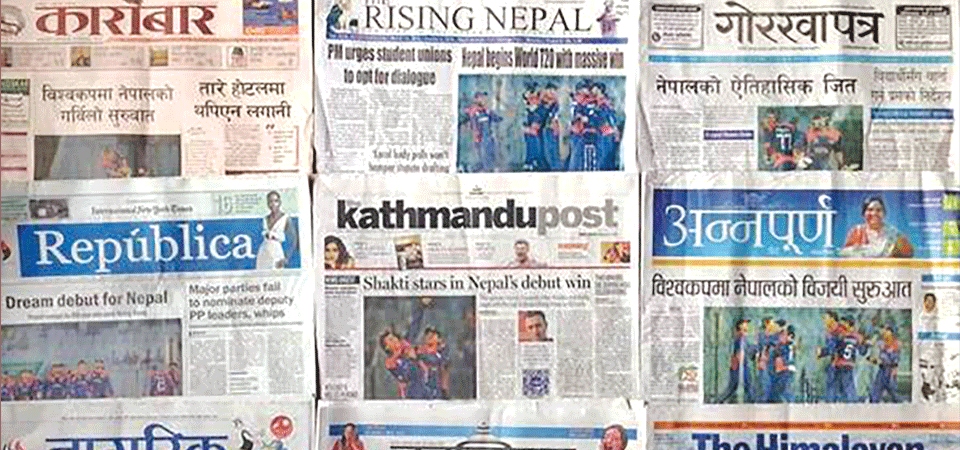
KATHMANDU: Media is often called the fourth pillar of democracy because of its critical role in disseminating information to the public, ensuring transparency in governance and seeking accountability from decision makers. Vigilant media is important when the government is mobilizing millions of dollars, including foreign aid and investments, for building physical infrastructures. Over the years, Nepali media has played a crucial role in highlighting factors that have caused delays in infrastructure projects – political instability, ad hoc planning, weak monitoring, etc. However, journalists have largely been preoccupied with exposing the problems with certain big projects. Rarely has the media focused on the structural problems and domestic policy bottlenecks, or the global and regional geopolitics that shapes Nepal’s choices in aid diplomacy. Our fifth discussion in the ‘Talking Infrastructure’ series focused on Nepali media’s role in shaping the narrative around aid and infrastructures. The discussion was jointly organized by the Society of Economic Journalists-Nepal (SEJON) and Policy Entrepreneurs Inc. Participants included representatives of various media outlets as well as infrastructure experts from the private sector and government agencies. They raised several pertinent issues concerning the media’s role in shaping the public discourse around aid and infrastructure diplomacy. Some of those issues are presented below.
Access to information: Journalists who report on infrastructure and aid diplomacy do not have sufficient access to information to support their work. “It is difficult to access information required to prepare news reports. Sometimes even government officials refuse to share copies of official decisions or agreements that are supposed to be public documents,” said Uttam Kapri of Bizness News. There are times when documents are not made available because of their sensitive nature, but in general bureaucrats have a tendency to limit information provided to media and civil society. Even the designated information officers do not proactively provide information unless journalists file an RTI. Bhim Gautam of Karobar daily said, “Ministries and even private sector entities have started sending out press releases instead of holding press conferences, and excerpts from those often get published as news reports.” Infrastructure reporting is complex and involves many technical details, but government officials and even private sector or donor agencies don’t want to talk, which makes it difficult for us to get factual information,” said Achyut Puri, a journalist. This also creates problems for journalists who want to fact-check information. Journalists believe this is because bureaucrats think sharing information might pose a risk to their career.
Lack of mentoring support: Shiva Gaule, chief editor of Online Khabar, has a different take on the issue. He believes the support that journalists on the ground get from their editors in the newsroom is critical to the quality of reporting. “Young reporters often lack the network and rapport necessary for sourcing information from various government sources. The editors in the newsroom can help their reporters reach out to the right people and mentor them during the drafting and editing process.”
Investing in capacity development: Journalists reporting on a technical issue like infrastructure and aid diplomacy need to have a basic understanding of Nepal’s infrastructure needs and priorities, relevant line agencies and the institutional processes of aid diplomacy. They also need to have a good grasp of donor motivations and interests. This means newsrooms need to invest in developing journalists’ capacity, so that they are confident while gathering information and cross-checking facts. Journalists working in electronic media like television and radio face a bigger challenge. A field reporter located in a particular area often has to cover a range of complex issues, including those related to infrastructure projects. However, he or she may not have adequate contextual understanding or knowledge of the technical aspects of the project. Prakash Giri of Sagarmatha Television highlighted these constraints, stating that newsrooms need to provide journalists regular trainings as well as resource materials on issues they are expected to cover. In addition, good television reporting involves travel and other logistical costs, which the newsrooms are reluctant to cover. Journalists are hence forced to rely on inadequate sources, leading to disinformation.
Politicization of the media: The Nepali media landscape is highly politicized, with many journalists closely affiliated to political parties. Journalist Pramila Devkota believes that the political leanings of editors and reporters influence media reports about a particular project. This is especially true for large infrastructure projects that are being constructed with investments from external donors. “It is likely that editors and reporters close to opposition party leaders will be skeptical about the project that the incumbent government has approved,” said Devkota. “I believe aid agreements like the MCC have been a victim of such political jockeying.” Politically motivated reporting tarnishes the public’s perception of the project and the donor, which affects the government’s relationship with a friendly donor country. Journalist Bimala Rai Paudyal believes that Nepali politicians change their opinions based on whether their party is in power or in the opposition. “A leader who supports a project while in government may start opposing the project once they are in opposition. Such dishonesty may serve their immediate political interests, but causes an embarrassment for the country,” she said.
Disinformation on social media: Social media has helped in making news more accessible and easier to share. However, it has also allowed misinformation to spread faster. Virtual platforms like Youtube, Facebook and Twitter allow citizens to voice their opinions on issues of public interest, but often their views are based on false or distorted information circulated through such platforms. As the line between the news and views are blurred, even the mainstream media are tempted to package clickbait contents that attract more viewership on social media. Navaraj Chalise who works at the television channel News24 admits that high-pitched debates on national-level issues such as foreign aid and geopolitics increases viewership, especially on social media: “News channels are tempted to invite guests who have strong opinions on such issues, and in the age of 24-hour news there is little time for a background check on their expertise and credibility. Also, the interviewing journalists often lack sufficient understanding of the issue at hand and cannot engage critically with the guests.” As a result, contents get put up online and shared without being fact-checked, which can lead to disinformation.
Recommendations
Building a stronger foundation for journalists: Newsrooms must invest in developing the capacity of journalists who cover technical issues like infrastructures, through regular orientation and mentoring support. Also, field reporters must be provided logistical support and editorial guidance for reaching out to reliable sources and preparing credible news content.
Combating disinformation: Media outlets must be accountable for the contents they generate and share with the public. Editors and publishers must ensure that the contents they produce are fact checked. A dedicated fact-checking team in the newsroom can be helpful in that regard. Similarly, regulatory bodies like the Press Council must respect media’s independence and their right to publish, but they must also regulate unregistered news outlets, ensure accountability and prevent disinformation.
Media engagement: The Nepal government must revisit its approach to public engagement, including its communication strategy. Withholding information and refusing to engage with the media and civil society does not foster transparency and good governance. Clearly, the token gesture of appointing an information officer cannot be a substitute for robust engagement. This is evident in the poor quality of public discussion on MCC aid, which has harmed Nepal’s international reputation. While the government must follow due process in conducting aid diplomacy, it should consider the media’s important role in shaping public discourse and engage accordingly.









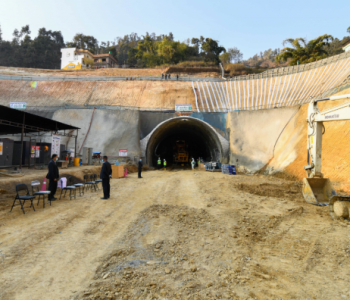
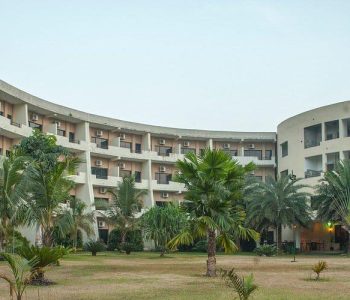
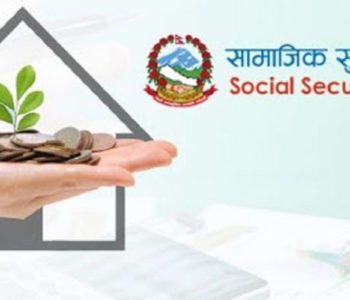
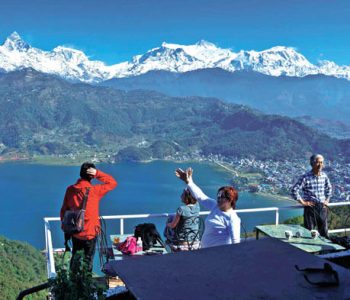
Facebook Comment